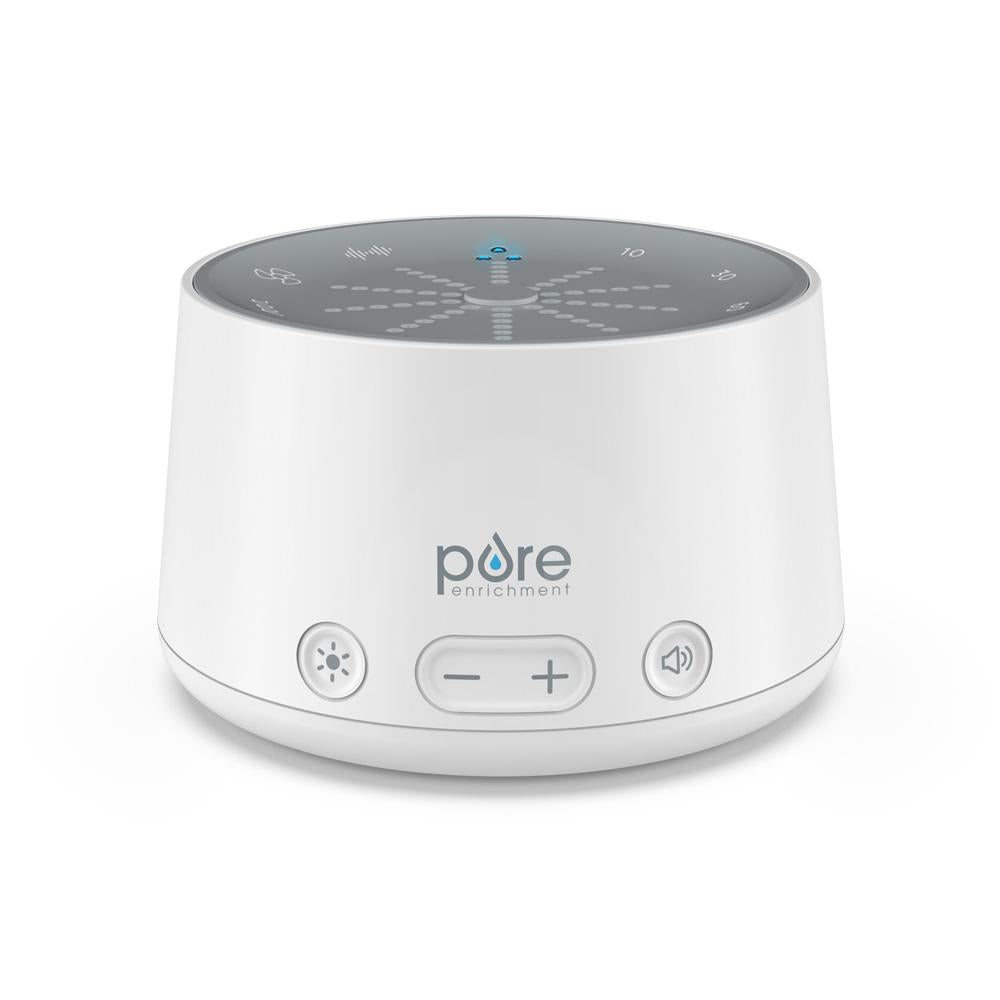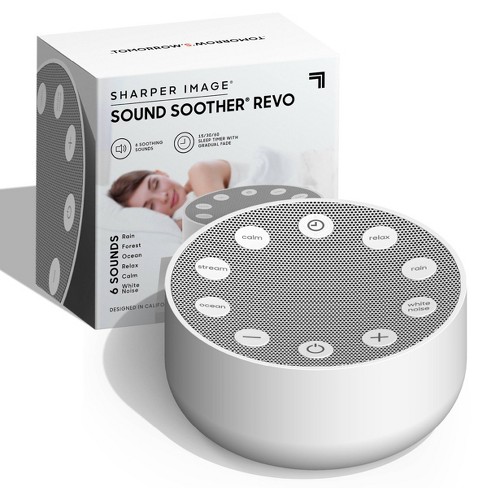Reliable Therapy Solutions for Handling Rest Disorders and Enhancing Relaxing Rest
In the realm of medical care, the administration of rest conditions and the pursuit for peaceful sleep are critical elements of general well-being. Effective therapy remedies provide a multifaceted technique to take on these difficulties, ranging from cognitive behavior interventions to all natural methods that promote leisure and mindfulness. The expedition of various approaches, including the assimilation of drug and light treatment, opens up a world of possibilities in the pursuit of better rest quality. As we browse the intricate landscape of sleep problems and look for to improve our sleep experience, a much deeper understanding of these therapy services might hold the secret to unlocking an extra rejuvenating and meeting restorative trip.
Cognitive Behavior Modification for Sleep Problems (CBT-I)
Cognitive Behavior Treatment for Sleep Problems (CBT-I) is a structured, evidence-based therapy approach that concentrates on dealing with the underlying elements adding to sleep disruptions. This kind of treatment intends to customize behaviors and thoughts that exacerbate sleeplessness, inevitably advertising healthy and balanced sleep patterns. CBT-I typically involves several crucial parts, consisting of cognitive therapy, rest constraint, stimulation control, and sleep health education.
Cognitive therapy helps people determine and transform negative thought patterns and beliefs regarding rest that may be preventing their capacity to drop or stay asleep. Rest constraint entails limiting the amount of time invested in bed to match the person's real rest duration, therefore boosting sleep effectiveness (cognitive behavioral therapy for insomnia (CBT-I)). Stimulus control techniques help establish a solid association between the bed and rest by urging people to head to bed only when drowsy and to prevent engaging in stimulating tasks in bed
Additionally, rest hygiene education concentrates on developing healthy and balanced rest practices, such as maintaining a regular sleep routine, developing a relaxing going to bed routine, and maximizing the rest atmosphere. By resolving these variables thoroughly, CBT-I uses an efficient non-pharmacological treatment for handling sleeplessness and enhancing overall rest top quality.
Rest Health Practices
Having actually developed the foundation of cognitive restructuring and behavior alterations in resolving sleep problems via Cognitive Behavior modification for Sleeplessness (CBT-I), the emphasis currently shifts in the direction of discovering vital Sleep Hygiene Practices for preserving optimal rest quality and overall health.
Rest hygiene practices include a range of practices and ecological aspects that can significantly influence one's capability to go to sleep and stay asleep throughout the evening. Consistent rest and wake times, producing a relaxing bedtime routine, and enhancing the rest setting by keeping it dark, peaceful, and cool are important elements of good sleep health. Restricting exposure to displays before bedtime, staying clear of energizers like high levels of caffeine close to going to bed, and involving in routine exercise throughout the day can additionally promote better rest top quality.
Additionally, practicing leisure strategies such as deep breathing exercises or meditation prior to bed can assist soothe the mind and prepare the body for sleep. By integrating these sleep health methods right into one's everyday routine, individuals can develop a healthy sleep pattern that supports peaceful sleep and total wellness.
Relaxation Techniques and Mindfulness
Executing relaxation methods and mindfulness practices can play a pivotal role in fostering a sense of calm and advertising high quality sleep. sleep improvement therapy. These techniques aim to silent the mind, decrease anxiety, and develop an ideal atmosphere for relaxed rest. One extensively exercised technique is deep breathing workouts, where people concentrate on slow, deep breaths to loosen up the body and mind. Modern muscular tissue leisure involves tensing and after that launching each muscle team, advertising physical relaxation. Additionally, directed imagery can help move people to a relaxed place in their minds, helping in tension reduction and improving sleep top quality.
By integrating these techniques right into a bedtime routine, people can signal to their bodies that it is time to prepare and relax for sleep. Generally, incorporating relaxation techniques and mindfulness methods can significantly add to managing rest conditions and boosting overall rest high quality.

Medicine Options for Rest Disorders
After exploring leisure techniques and mindfulness techniques as non-pharmacological treatments for enhancing rest quality, it is important to consider medication choices for people with sleep problems. In cases where lifestyle adjustments and treatment do not offer adequate alleviation, medication can be a useful tool in handling rest disturbances.
Generally prescribed drugs for rest disorders consist of benzodiazepines, non-benzodiazepine hypnotics, antidepressants, and melatonin receptor agonists. Benzodiazepines, such as diazepam, are sedatives that can help induce rest, however they are usually recommended for short-term use because of the danger of reliance. Non-benzodiazepine hypnotics like zolpidem are likewise utilized to deal with insomnia and have a lower danger of reliance compared to benzodiazepines. Antidepressants, such as trazodone, can be beneficial for individuals with co-occurring anxiety and sleep disturbances. Melatonin receptor agonists, like ramelteon, target the body's natural sleep-wake cycle and can be handy for controling sleep patterns. read this article
It is vital for people to seek advice from a healthcare copyright to establish one of the most suitable medication option based on their specific sleep problem and case history.
Light Therapy for Circadian Rhythm Policy
Light therapy, likewise referred to as photo-therapy, is a non-invasive treatment technique used to regulate circadian rhythms and enhance sleep-wake cycles. This therapy includes direct exposure to bright light that simulates natural sunlight, which assists to reset the body's interior clock. By exposing individuals to certain wavelengths of light, commonly in the early morning or evening depending on the preferred result, light therapy can efficiently readjust the circadian rhythm to promote wakefulness throughout the day and boost peaceful rest at night.
Research has actually revealed that light treatment can be especially helpful for individuals with body clock problems, such as postponed rest stage disorder or jet lag. It can additionally be handy for those experiencing seasonal depression (SAD), a kind of depression that typically occurs throughout the winter season when natural light direct exposure is reduced. Light treatment is generally well-tolerated and can be made use of combined with other therapy approaches for rest conditions to enhance results and boost general sleep quality.
Conclusion
Finally, effective therapy solutions for taking Website care of sleep problems and improving relaxing sleep include Cognitive Behavioral Treatment for Insomnia (CBT-I), sleep health methods, leisure methods and mindfulness, medication choices, and light treatment for body clock law. These strategies can assist individuals enhance their rest quality and total wellness. It is essential to talk to a health care service provider to establish the most appropriate technique for addressing rest issues.
As we navigate the elaborate landscape of try these out sleep conditions and seek to boost our rest experience, a deeper understanding of these treatment remedies might hold the trick to unlocking a more refreshing and satisfying restorative journey.
Sleep limitation includes limiting the amount of time invested in bed to match the individual's real sleep period, therefore boosting rest efficiency. Regular rest and wake times, developing a relaxing bedtime regimen, and optimizing the sleep setting by maintaining it dark, peaceful, and cool are essential parts of good sleep hygiene. Light therapy is generally well-tolerated and can be utilized in combination with other treatment approaches for sleep disorders to optimize results and boost general rest quality.
